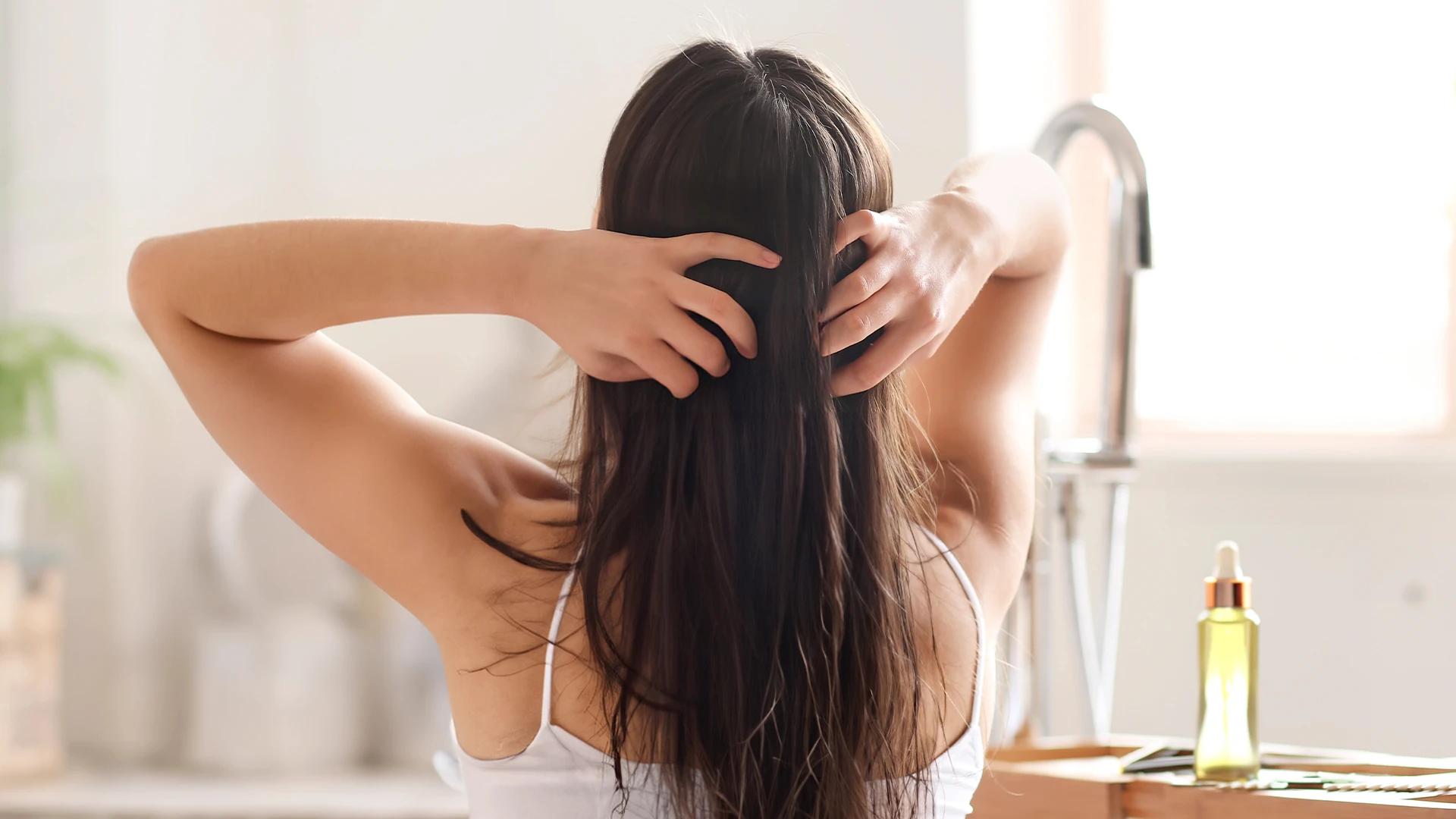**Bhringraj** is often called the 'king of herbs' for hair—it's brilliant for reducing hair fall and promoting new growth. **Amla** is loaded with vitamin C and helps strengthen hair from root to tip. **Hibiscus** contains amino acids that nourish hair follicles and natural acids that help prevent premature greying.
Step-by-Step Guide to Making Your DIY Hair Fall Control Oil
Creating your own hair fall control oil is surprisingly simple once you know the basics. The secret is getting your ratios right and being patient with the process. Think of it as cooking—you want to bring out the best in each ingredient without overwhelming the mix.
Gathering Your Ingredients and Tools
You'll need a clean glass bowl, measuring spoons, a whisk or clean spoon for mixing, and dark glass bottles for storage. Choose high-quality base oils and pure essential oils—they make a real difference in the final result. Fresh herbs work brilliantly, but dried ones are fine too.
Mixing the Base Oils
Start with about 100ml total base oil. Try 60ml coconut oil, 30ml castor oil, and 10ml jojoba oil for a balanced blend. Warm the mixture gently if you're using solid coconut oil—just until everything flows together smoothly. Don't overheat, as this can reduce the oils' beneficial properties.
Adding Essential Oils and Herbal Extracts
Essential oils are potent, so less is more. Add 3-5 drops of rosemary oil, 2-3 drops of peppermint oil, and 2 drops of tea tree oil to your base mixture. If you're using herbal extracts or powders, add about 1 teaspoon per 100ml of base oil. Mix thoroughly and let the blend sit for a few hours to meld.
Storage and Shelf Life
Store your oil in dark glass bottles to protect it from light. Properly stored, your DIY blend should last 6-8 months. Keep it in a cool, dry place and always use clean hands when applying. If the scent changes or you notice any separation that doesn't mix back together, it's time for a fresh batch.
How to Apply Your DIY Hair Fall Control Oil
Application technique can make or break your results—literally. You want to focus on your scalp rather than just the hair lengths, as that's where the magic happens for preventing hair loss and encouraging growth.
Preparation and Timing
Apply your oil 2-3 times a week, ideally before washing your hair. Evening applications work well since you can leave the oil on overnight. Slightly warm oil penetrates better, but test the temperature on your wrist first—you want it warm, not hot.
Application Techniques


 100 ml
100 ml 100 ml
100 ml 100 ml
100 ml 200 ml
200 ml